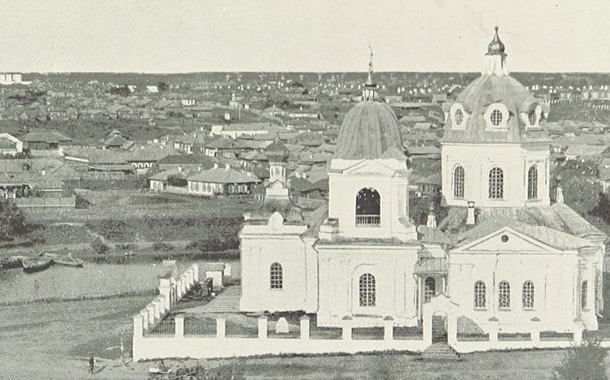<![CDATA[Armour made of animal bones has been found in the Siberian city of Omsk. Archaeologists believe that the suit belonged to an elite warrior. This is the second discovery of its kind made in the Siberian city, as recently a burial was found of a man sporting a costume that made experts believe he was a revered warrior. The bone suit of armour has been dated to be between 3500 and 3900 years old, but future tests will confirm its age. It is a mystery as to what animal the bones belonged to. Unlike the other recent discovery, this armour was buried separately from its owner. Fortunately it has been well preserved, meaning archaeologists will have an opportunity to thoroughly study it. The warrior who owned the vest is thought to have belonged to the Samus-Seminskaya culture, which was based around the Altai Mountains, 1000 km to the south-east of Omsk. Researchers speculate that the warrior, or at least the suit, moved to the forest steppe area in Omsk, which was home to the Krotov culture. The armour may have been a gift, or the spoils of war. The bone armour was found buried at a depth of 1.5 meters, on a building site situated by the Irtysh River. This site has a complex of monuments that belong to different periods of time, from the early Neolithic era to the Middle Ages, making it a rich area for archaeological study. The site is owned by Popov Omsk Radio Factory, and will eventually be a hotel. Head of the excavations, Boris Konikov, stated that the armour must have been highly valued, perhaps even more precious than life itself. He also said that it was found in a settlement, which has never happened before. Research fellow of the Omsk branch of the Institute of Archaeology and Ethnography, Yury Gerasimov, states that the bones were too well preserved for the suit to have been intentionally buried, never to be used again. Hence, the burial of the suit must have served a greater purpose. One hunch is it was part of a religious ceremony, but there is no indication that the area was used for such practices. Other possible explanations include rituals or sacrifice. Gerasimov hopes the reason for its burial will be revealed soon. Gerasimov is part of the team trying to restore the armour. The armour was not recovered in one piece, but divided into small fragments. They were held together only by the ground. The researchers dug up the ground around the armour fragments and sent them to the museum. Right now, Gerasimov and his team are cleaning the fragments, and will later glue them together to make one full plate. Konikov added that the restoration will take a while, so the researchers are trying to construct an exact copy of it. He has worked on the site for many years, and hopes that this discovery will help to promote the archaeologically rich area and conserve it. ]]>
Armour Made of Bone Discovered in Russia
